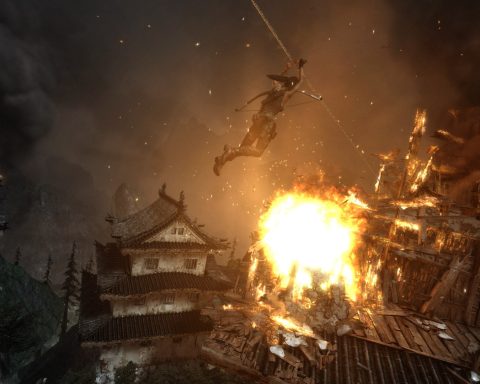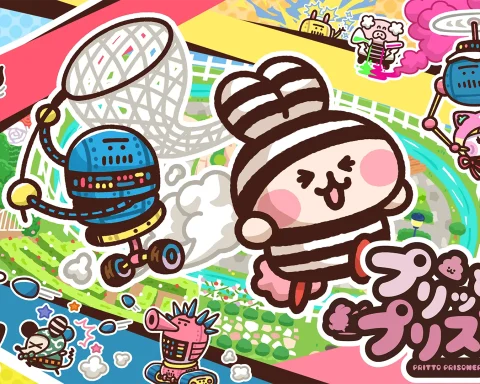Ever since wandering the caves of Pokémon Red and Blue I’ve had a fascination with solving puzzles by navigating an avatar across grid-like spaces. Basic as the puzzles may have been, just sliding on ice and pushing boulders about made my younger self giddy. Though several games preceding and succeeding Pokémon utilised similar mechanics (namely Chip’s Challenge, an old Atari game on which this one is loosely based), the developers of Chuck’s Challenge wisely chose to revive a formula far more varied and exciting than another uninspired “match three” affair.
So while not entirely inventive decades after the original concept came to be, Chuck’s Challenge had me feeling nostalgic while still remaining firmly in the present with its own quirks.
Most of that can be attributed to level designs that manage to be ridiculously elaborate while still enjoyable to navigate. Virtually every action can be performed by simply tapping a directional button, be it moving your protagonist, activating switches, or shoving blocks. Later levels might have you playing with the camera to get a better grasp of your surroundings or rewinding individual moves to reduce the monotony inherent in prolonged puzzles, but all of it operates smoothly and with noteworthy swiftness.
 In a sense, the increasing complexity also makes Chuck’s Challenge more enjoyable as a linear experience. Though there’s the option to skip ahead to a limited selection of harder stages, the player is gradually introduced to new ideas and manoeuvres when playing in order so the game’s flow is vastly improved. I managed to tackle several levels out of order, meaning it is possible to experiment, but certain ones would be soul-destroying without having played prior levels. The only real issue that is how ridiculously easy the first batches of stages are.
In a sense, the increasing complexity also makes Chuck’s Challenge more enjoyable as a linear experience. Though there’s the option to skip ahead to a limited selection of harder stages, the player is gradually introduced to new ideas and manoeuvres when playing in order so the game’s flow is vastly improved. I managed to tackle several levels out of order, meaning it is possible to experiment, but certain ones would be soul-destroying without having played prior levels. The only real issue that is how ridiculously easy the first batches of stages are.  Between the number of single player stages, the level creator, and downloadable levels, Chuck’s Challenge should last you some time. There are also rewards for finishing levels within certain parameters, but like most puzzlers I would argue that repeating a predetermined solution until your muscle memory achieves the fastest time doesn’t exactly make for an engaging challenge or worthwhile replay value.
Between the number of single player stages, the level creator, and downloadable levels, Chuck’s Challenge should last you some time. There are also rewards for finishing levels within certain parameters, but like most puzzlers I would argue that repeating a predetermined solution until your muscle memory achieves the fastest time doesn’t exactly make for an engaging challenge or worthwhile replay value. Technical Editor








